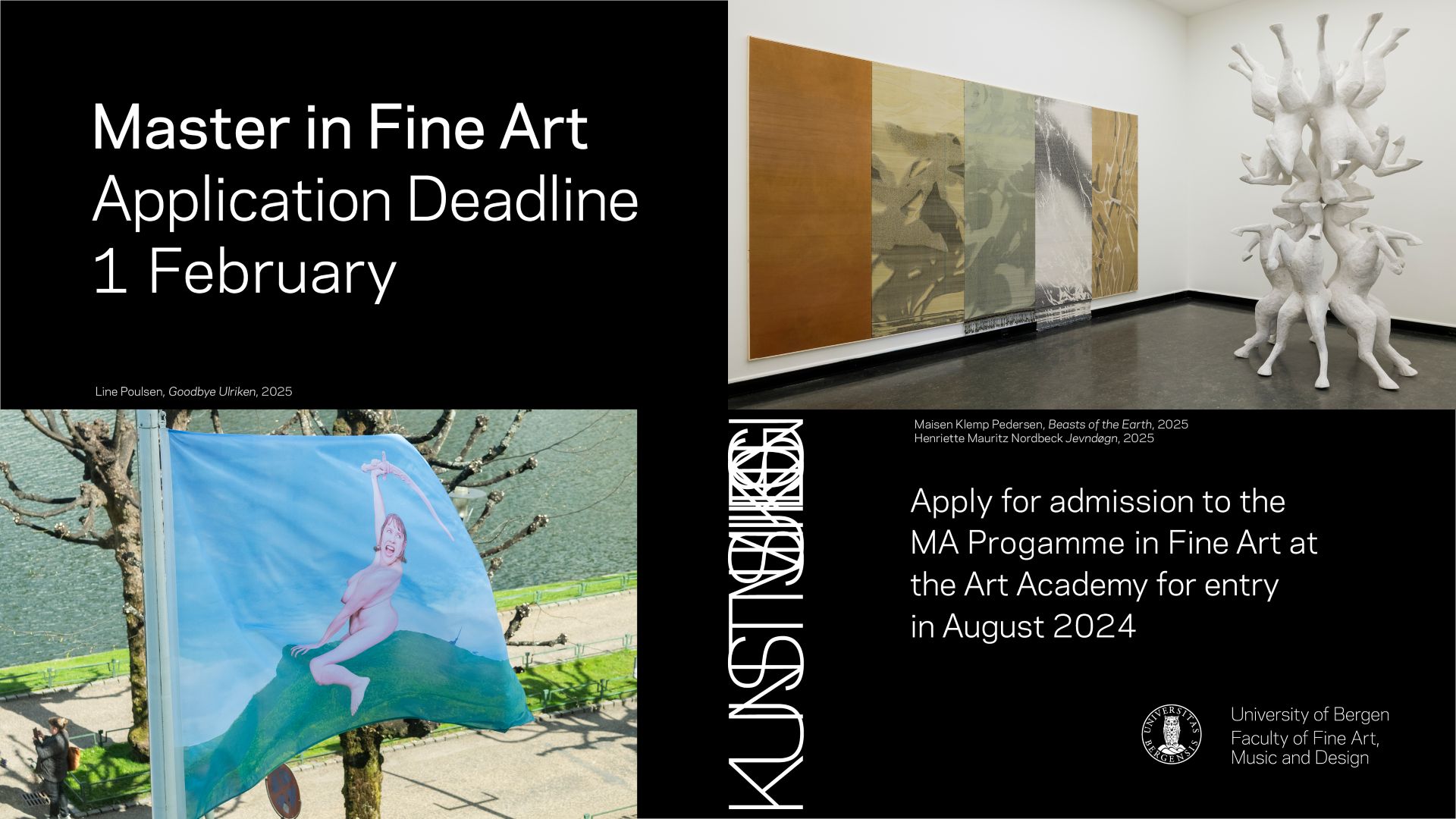
Ragnar Kjartansson, Epic Waste of Love and Understanding, Louisiana Museum of Modern Art, Humlebæk
If only it wasn’t so expensive for a Swede to visit Denmark, I would have gone to see Ragnar Kjartansson’s exhibition every weekend. It softened me. Perhaps it recalibrated my view of art to mostly wanting to feel emotions, as the two other shows that I remember best from this year had a similar effect. Kjartansson made fun of clichés – about masculinity, Denmark, the artistic genius, the idea of the beautiful museum by the water – and his use of music and repetition was ingenious. There was also a kind of social energy emanating throughout the galleries, maybe it had to do with how humour – laughing at the same thing – can be a comfort.

Sara-Vide Ericsson & Tilda Lovell, Something darkly set itself at our senses’ five thresholds without stepping over them, Bonniers Konsthall, Stockholm
Kunstkritikk’s reviewer really didn’t like the curation, with the sand on the floor and spotlit works in the dark. At first, I was persuaded by the text, but when I saw the show, I thought: “Why not?” Play on my heart strings. The artwork’s natural environment doesn’t have to be sparse and isolated. The presentation was almost shamelessly melodramatic and immersive. I bought into everything, especially Sara-Vide Eriksson’s wonderfully mysterious painting of a Roman souvenir, and Tilda Lovell’s creatures that seemed to notice when I came too close.

Anders Sunna, Illegal Spirits of Sápmi, Moderna Museet, Malmö
When asked why he became an artist, Anders Sunna said that his parents encouraged him to find a “grey area” where the state couldn’t get to him. This struck me as an apt description of art, void of romantic notions. Sunna’s installation is about a decades-long legal dispute between his family of reindeer-herding Sámi and the Swedish state. The exhibition in Malmö consisted of this single work, dramatically lit in Moderna Museet’s main hall. The fact that the show opened a few days after an op-ed in the newspaper Dagens Nyheter described reindeer-herding Sámi as a privileged elite emphasised the rage in the unambiguous paintings. It all felt a bit like a victory.
Christine Antaya is an art critic and regular contributor to Kunstkritikk and Sydsvenskan.
For this year’s contributions to the Advent Calendar, see here
